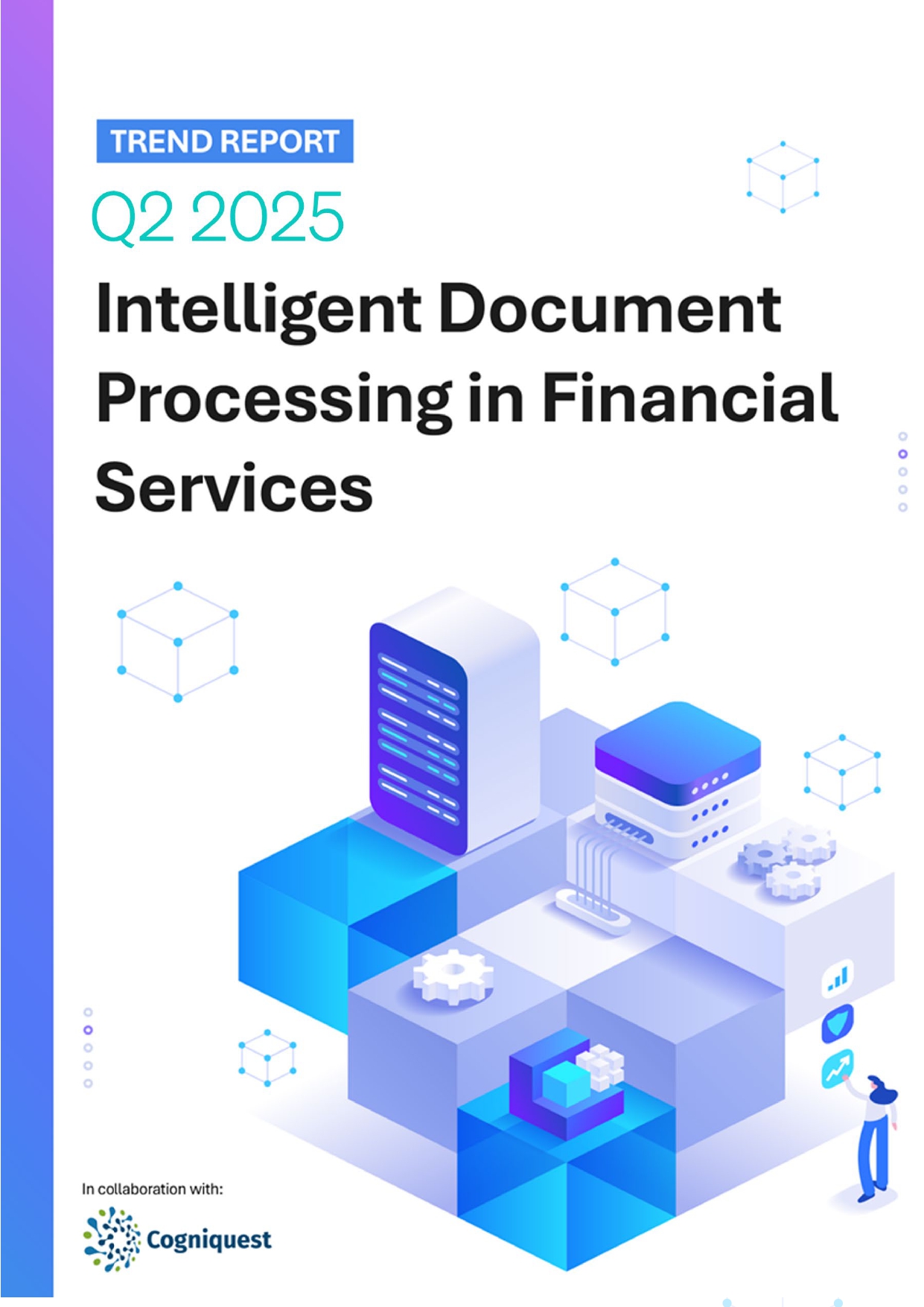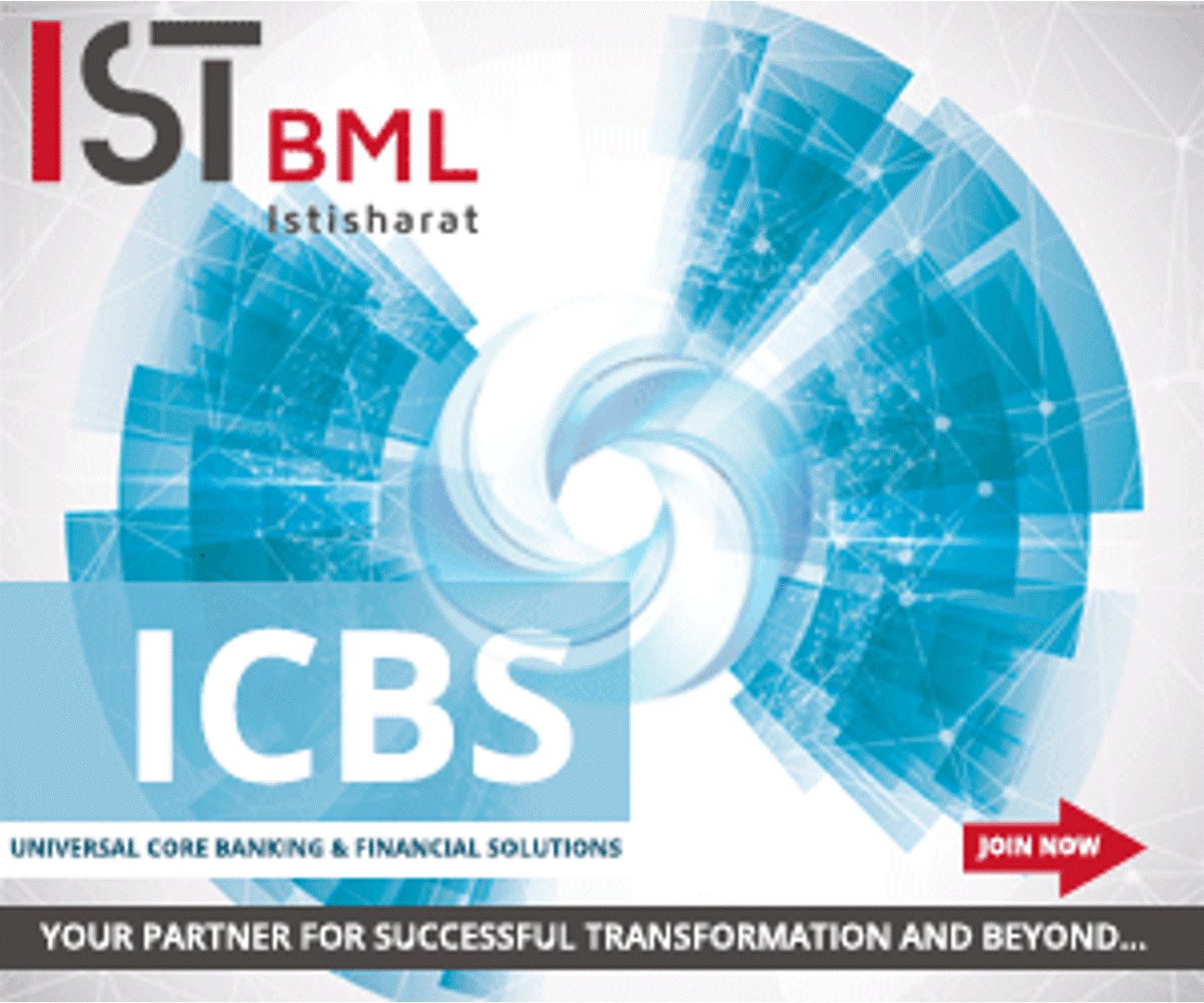 Back
Back
FinTech facilitating financial inclusion in Asia amid COVID-19
By Edil Corneille
 The COVID-19 pandemic has acted as a catalyst for the increased adoption of financial technology (FinTech) not only by companies but by consumers as well. With social distancing being the current norm, FinTech is enabling banks and financial institutions to offer digital and paperless services for customers, where they are not required to leave the comfort of their homes.
The COVID-19 pandemic has acted as a catalyst for the increased adoption of financial technology (FinTech) not only by companies but by consumers as well. With social distancing being the current norm, FinTech is enabling banks and financial institutions to offer digital and paperless services for customers, where they are not required to leave the comfort of their homes.
There is another area where FinTech has facilitated a positive impact – Financial Inclusion. Technology has broadened the reach of financial services even to the most remote areas and has encouraged individuals to get apprised on investments and savings.
Ravi Kumar, Co-founder, Upstox told IBS Intelligence, “It is an interesting time for investors in the country. While Internet penetration goes deeper and beyond Tier-2 and Tier 3 cities, more people now feel empowered to access financial services of international standards to enhance their investments.”
He articulated that the high rate of FinTech adoption, among online brokerages, for instance, has enabled higher equity participation in India. This has thus increased the rate of financial inclusion even in remote areas of the country. Kumar revealed that currently, 65 per cent of the company’s accounts are new-to-market investors who’ve never had a trading account.
 When it comes to banking, the bloated incumbents have taken their customers for granted for way too long. The rise of neobanks (banks which do not have branches and are operated only digitally) has been a boon for consumers who are tech-savvy and do not mind operating their finances through these smartbank applications.
When it comes to banking, the bloated incumbents have taken their customers for granted for way too long. The rise of neobanks (banks which do not have branches and are operated only digitally) has been a boon for consumers who are tech-savvy and do not mind operating their finances through these smartbank applications.
Challenger banks do not face impediments arising out of legacy technology and outdated processes which are usually seen by traditional banks. These smartbanks have come to the aid of Small and Medium Enterprises (SMEs) for disbursement of loans especially amid COVID-19 times.
Speaking on the adoption of digital finance methods by consumers, Madhusudan Ekambaram, CEO, KreditBee told IBS Intelligence, “Considering the young population and vast demographic of the Asian continent, FinTech is only going to see an even more wider adoption here. With traditional finance institutions like banks still having a limited reach in many Asian countries, FinTech entities are highly likely to serve the underserved segments, be it due to a higher geographic reach or capability to go beyond traditional evaluation parameters like bureau scores for customer evaluation.”
Ekambaram apprised that a large chunk of the company’s users is new-to-credit. These users generally do not have access to core banking solutions like loans from banks and traditional NBFCs. This is because traditional financial institutions look at the credit history of a customer and lend majorly to the salaried segment. With the use of a credit risk algorithm based on alternative data points, companies like KreditBee, are able to underwrite loans not just to people who are new-to-credit, but also across the salaried and self-employed segment.
IBSi FinTech Journal

- Most trusted FinTech journal since 1991
- Digital monthly issue
- 60+ pages of research, analysis, interviews, opinions, and rankings
- Global coverage
Other Related News
Related Reports

Sales League Table Report 2025
Know More
Global Digital Banking Vendor & Landscape Report Q2 2025
Know More
NextGen WealthTech: The Trends To Shape The Future Q4 2023
Know More
Intelligent Document Processing in Financial Services Q2 2025
Know More


